The same progressive wave is represented by two graphs I and II. Graph I shows how the displacement 'y' varies with the distance x along the wave at a given time. Graph I shows how y varies with time t at a given point on the wave. The ratio of measurements AB to CD, marked on the curves, represents :
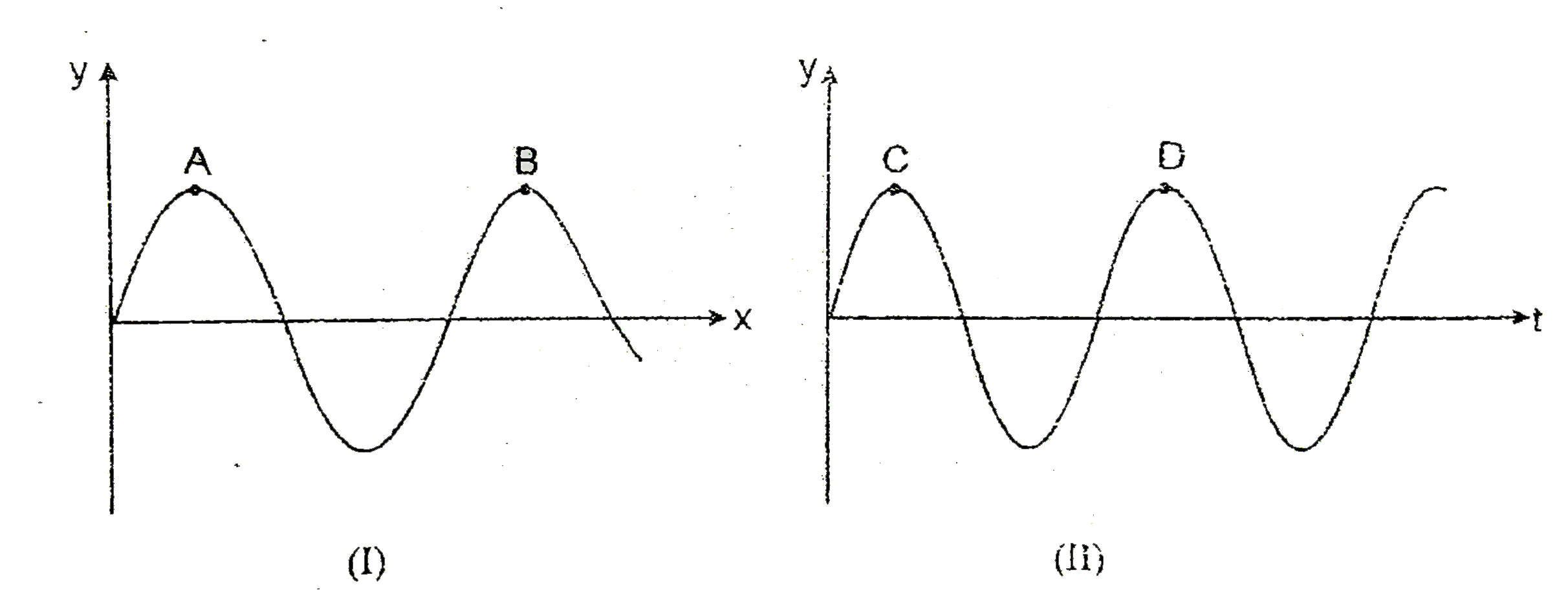
wave number k
wave speed V.
frequency v.
angular frequency ω.
The correct Answer is:B
measureABmeasureCD=λμ=V
Topper's Solved these Questions
- BOOK - RESONANCECHAPTER - TRAVELLING WAVESEXERCISE - Exercise- 2 PART II19videos
TRAVELLING WAVES
- BOOK - RESONANCECHAPTER - TRAVELLING WAVESEXERCISE - Exercise- 2 PART III15videos
TRAVELLING WAVES
- BOOK - RESONANCECHAPTER - TRAVELLING WAVESEXERCISE - Exercise- 1 PART II31videos
TRAVELLING WAVES
- BOOK - RESONANCECHAPTER - TEST SERIESEXERCISE - PHYSICS127videos
TEST SERIES
- BOOK - RESONANCECHAPTER - WAVE ON STRING EXERCISE - Exercise- 3 PART I19videos
WAVE ON STRING
Similar Questions
The displacement of a progressive wave is represented by y=Asin(ωt−kx), where x is distance and t is time. Write the dimensional formula of (i) omega and (ii) k.
View Solutiongraphs of the same harmonic wave are shown below. The graph (1) on the left shows the displacement of wave y, as a function of position x for a given instant of time. The graph (2) on the right shows the displacement of wave as a function to time 't' for a given position. The speed of the wave is
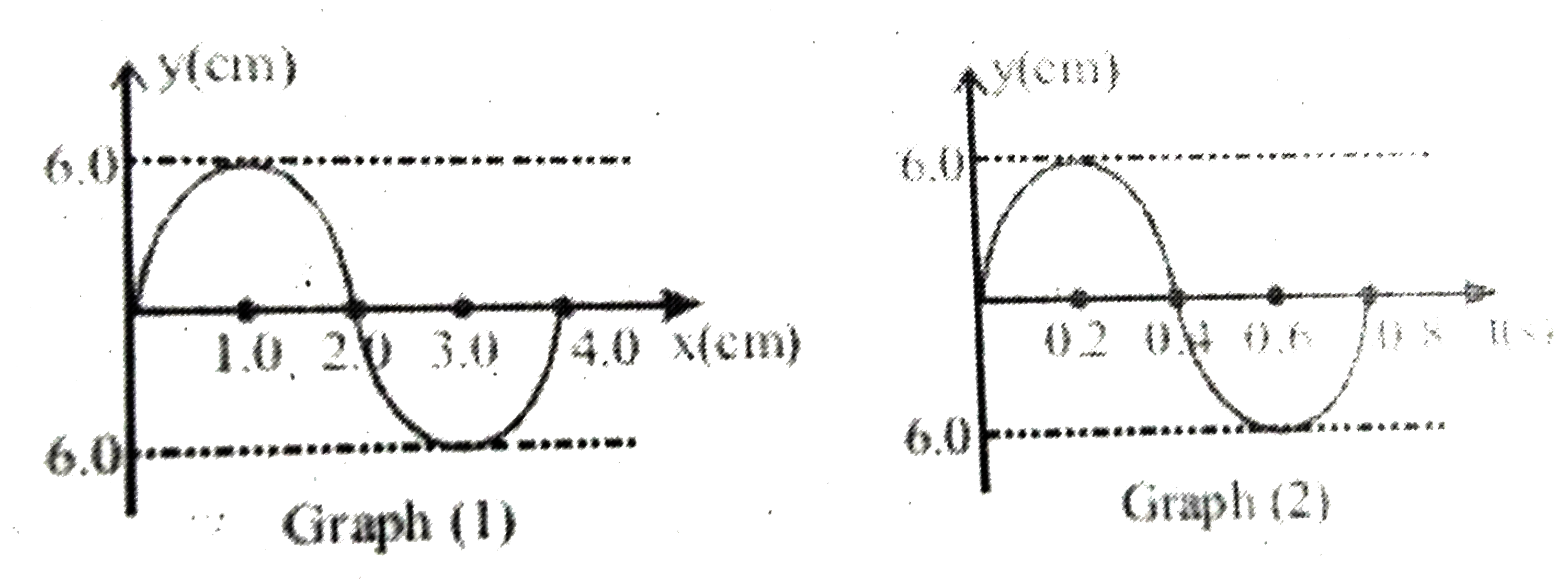 View Solution
View Solution
Knowledge Check
- Question 1 - Select One
the same progressive wave is reprsented by two group I and II. Graoup I shows how the displacement 'y' varies with the distance x along the wave at a given time. Graph II shows how y varies with time t at a given point on the wave. The ratio of measurements AB to CD, marked on the curvse m repersents.
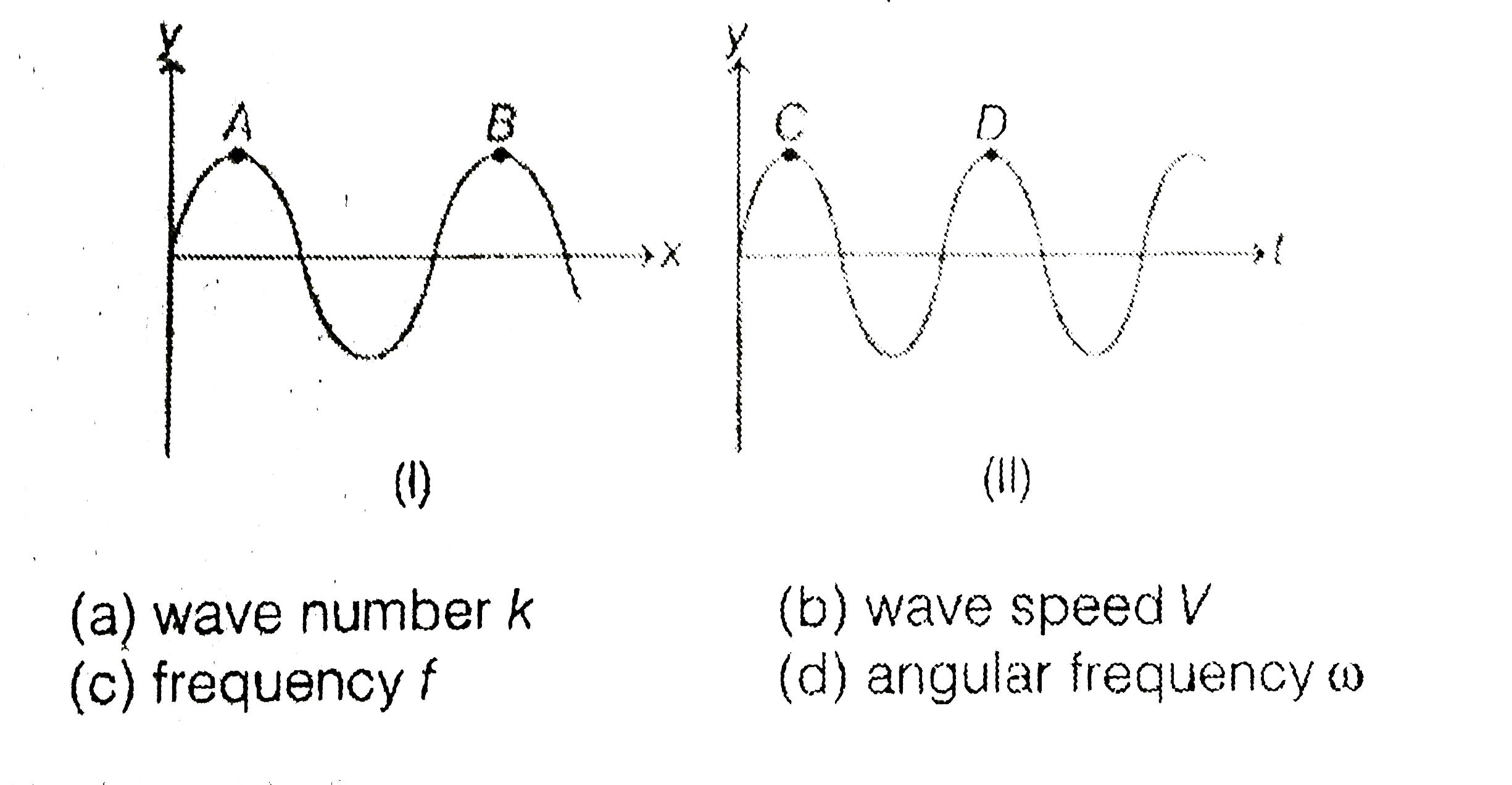 Awave number KBwave speed VCfrequecny fDangular fequecy ω
Awave number KBwave speed VCfrequecny fDangular fequecy ω - Question 2 - Select One
The displacement of a progressive wave is represented by y=Asin(ωt−kx) where x is distance and t is time. The dimensions of ωk are same as those of
AvelocityBwave numberCwavelengthDfrequency - Question 3 - Select One

Figure. Represents the displacement y versus distance x along the direction of propagation of a longitudinal wave. The pressure is maximum at position markedAPBQCRDS
A progressive wave is represented by y=12sin(5t−4x) cm. On this wave, how far away are the two points having phase difference of 90∘ ?
View SolutionFigure (i) and (i) show the displacement-time graphs of two particles moving along the x-axis. We can say that
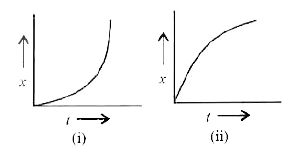 View Solution
View SolutionFigures (i) and (ii) below show the displacement-time graphs of two particles moving along the x -axis. We can say that
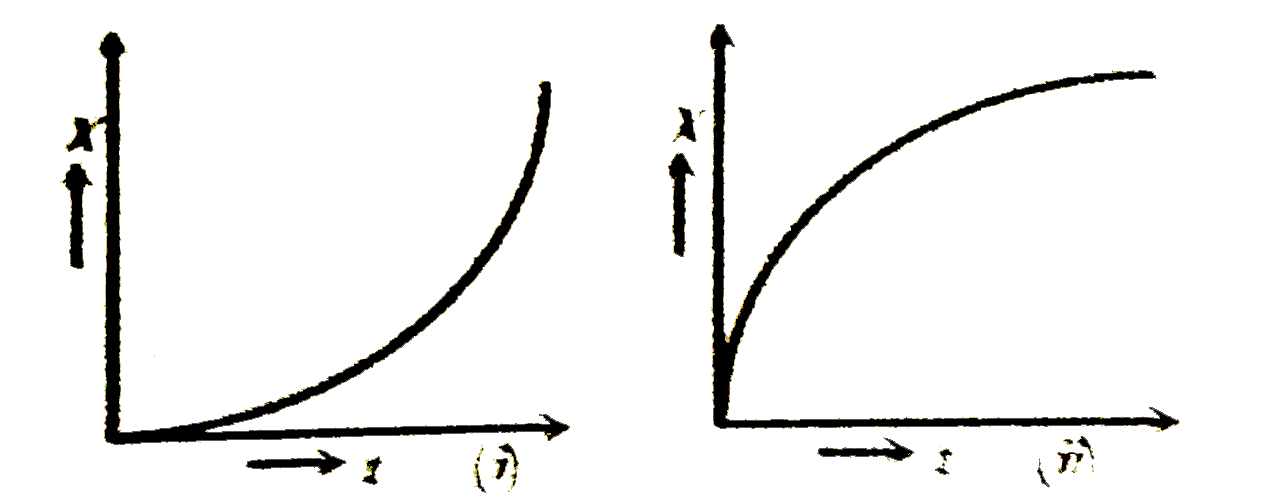 View Solution
View SolutionA simple harmonic progressive wave is represented by y=Asin(100πt+3x).The distance between two points on the wave at a phase difference of π3 radian is
View SolutionWhen a wave transverses in a medium, the displacement of a particle located at distance x at time t is given by y=asin(bt−cx) where a, b and c are constants of the wave. The dimension of b/c are same as that of:
View Solution
